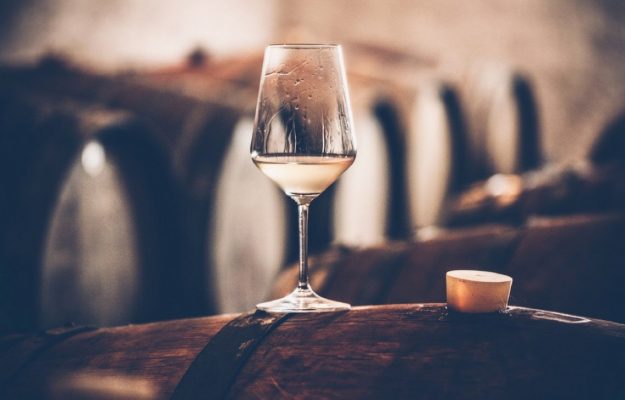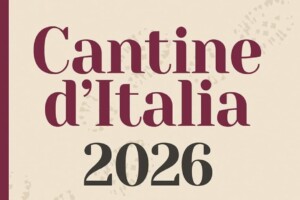Confidence in the possibilities of investments and in the potential of markets, especially those in China, the USA, Germany, Australia and Great Britain, with sparkling and rosé wines leading the growth, perhaps in cans, with particular attention to sustainability and the environment throughout the production processes, taking advantage of the opportunities offered by innovation in communication and design, with the fear, however, of the global reduction in alcohol consumption and the increase in duties and taxes on wine around the world. Here, in a nutshell, are the expectations for the future of wine professionals, emerged from the “Global Wine Industry Outlook: Confidence, opportunities & threats to 2025” of Wine Intelligence, which has put together the answers of almost 300 protagonists of the wine world, from 50 different countries, including producers, marketing directors, importers, distributors and retailers.
Thus, in terms of confidence, the index (on a scale from 0 to 100) is 58.5, not very high, and if commercial potential and investment give us hope, job conditions and opportunities raise some concerns. The potential of the markets also contributes to the index, with China, the USA, Germany, Australia, and Great Britain leading the wine trade, presumably for many more years, albeit with some changes, mainly linked to the e-commerce boom. Confidence grows when we talk about the growth opportunities of the different types of wine: the average says 64.3, with the bubbles on which many still bet (74.5), especially those of Prosecco and Champagne, followed a short distance from the rose (73.8), leading those of Provence, then white (64.4) and red (58.5). Focusing on packaging, the 750ml bottle continues to represent the vast majority of choice, but consumers are demanding eco-friendly choices, and wine professionals (with an eye on shipping costs...) are ready to respond with lighter bottles (66%), with 51% ready to bet on wine in cans, 42% on bag-in-boxes and 26% on half-bottles.
But what features should the wine of the future have? On the index of the 14 types of alternative wines, collected by Wine Intelligence and summarized in the abbreviation “SOLA” (Sustainable, Organic, Lower Alcohol), at the top we find the wines produced in a sustainable manner (77.7), then the ecological ones (77 , 5), the organic (77.5), low alcohol content (70.3), biodynamic (68.2), without preservatives (64.6), vegans (64.6), without sulfites (63.5 ), natural (63.5), and still those produced in carbon footprint zero cellars (62.9), those of the fair trade network (61), those infused with cannabis (53.7), those without alcohol ( 53.5) and naturally refermented (53.3). However, innovation and related opportunities go mainly to packaging and design (68%), to improve communication with consumers (65%), to develop new or different wine styles (60% ), for practices in the cellar or the vineyard (47%).
Beyond the potential, the 15 most attractive markets for the future are the historic ones such as the USA, China and Japan, but also emerging markets such as India, Russia, Brazil, Nigeria, Mexico and Turkey, while the United Kingdom waiting for Brexit is not as attractive as Germany, Italy and France, the most mature, where the growth opportunities do not exist. To worry the protagonists of the wine world, from a future perspective, there is first of all the reduction in the consumption of alcohol at a global level (59%), therefore the increase in alcohol taxes (53%), the competition with other categories of alcohol (44%), the tightening of the legislation on the sector (44%), the increase in production costs (42%), the drought (40%), the scarce passion of the Millennials for wine (40%), international disputes and the related duty wars (34%), the competition of non-alcoholic beverages (26%), the aging of the world population (25%) and the reduction of margins for those who trade in wine (22%). To counterbalance, there are instead the positive aspects identified by wine professionals: consumer growth in emerging markets (64%), online sales (64%), wine tourism (60%), increasingly direct and strong communication between consumers and producers (55%), new emerging markets in Africa and Asia (55%), Millennials approaching wine (44%), new formats (42%), increase in winery visits and direct sales (33%), growth in consumption in the on-premise channel (31%), improved production techniques (22%), new international commercial agreements (21%), improvement of techniques in the vineyard (21%).
Copyright © 2000/2025
Contatti: info@winenews.it
Seguici anche su Twitter: @WineNewsIt
Seguici anche su Facebook: @winenewsit
Questo articolo è tratto dall'archivio di WineNews - Tutti i diritti riservati - Copyright © 2000/2025









































































































































































































